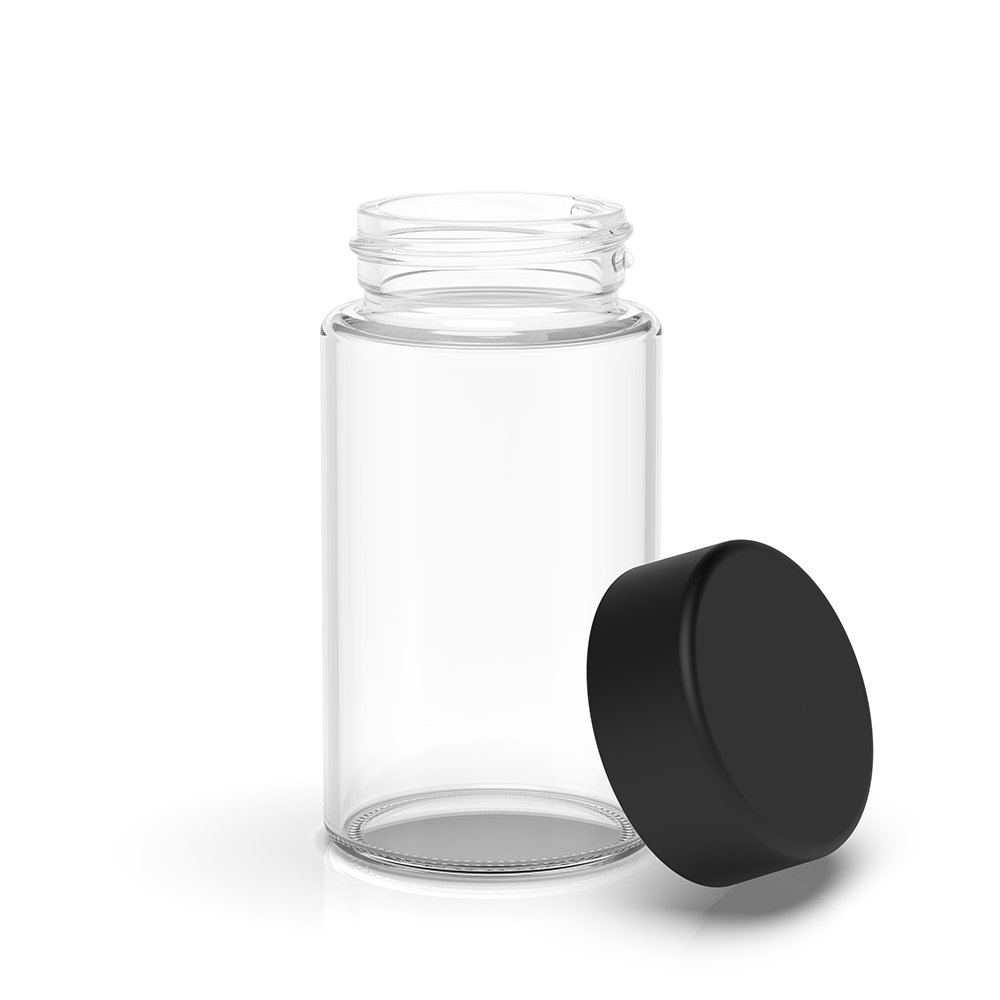For centuries, cannabis has been used as a medicine in India and all over the world, but only recently have scientists in the Western world begun exploring the plant’s healing properties. So far, we have mapped out the healing effects of cannabis on inflammation, pain, and seizures, but we’re just now starting to look into how the chemicals in cannabis can help in the fight against cancer. While certain studies have pointed towards cannabis fighting certain types of cancer cells, the American Cancer Association hasn’t endorsed it, and the active ingredient in marijuana, THC, is still a Schedule I controlled substance in most of the US.
Does marijuana kill cancer cells?
One 1996 study showed that cannabinoids can slow the growth and spread of some types of cancer cells in laboratory conditions, and more studies have shown the various anti-cancer effects of cannabis. Cannabinoids also slowed the growth of the blood vessels that feed tumors. Later studies showed that cannabinoids can make chemotherapy more effective as well relieve the side effects of this cancer treatment. Later studies show that cannabinoids can help inhibit tumor growth and protect healthy cells. Though these studies have been debated, some studies show that these chemicals in cannabis can even kill certain cancer cells. As recently as 2015, the US National Cancer Institute admitted the validity of these studies showing that cannabinoids can kill some kinds of cancer cells.
Cannabinoids: An Overview
There are over 85 active chemicals in cannabis called cannabinoids, and it’s a good idea to understand generally what they do and how they work. Here’s an overview of the major categories of cannabinoids.
THC – THC stands for tetrahydrocannabinol, and it is the main psychoactive ingredient in cannabis that produces the “high” feeling. Scientists have identified several different chemicals under the THC label, including THCA, and acid forms, and subsets marked with other letters, such as THCa, THCv, and so on. As a medicine, THC treats pain and nausea. THC is also beneficial for sleep and stress disorders, although it can sometimes cause anxiety and paranoia in certain people.
CBD – This chemical is non-psychoactive, and it produces many beneficial health effects as well, only without the “high” associated with THC. CBD is responsible for cannabis’ anti-seizure effect, as well as reducing inflammation and pain. Just like with THC, there are several subsets of chemicals under this umbrella, including CBG, CBC, CBN, and CBDa.
Terpenes – These are the same chemicals that make other herbs like lavender smell like they do, and cannabis is no exception. Terpenes also have various health effects in cannabis just like other herbs, as well as intensifying or altering the effects of cannabinoids. Researchers are still identifying the effects of terpenes in cannabis.
How Cannabis Treats Certain Cancer Symptoms
These active chemicals in marijuana combine to help cancer patients and relieve many symptoms associated with cancer and other diseases. For example, peer-reviewed studies have shown that cannabinoids can help HIV patients gain weight because they relieve nausea and increase appetite. There are many more health benefits to cannabis, however.
Nausea from chemotherapy – One of the main benefits of medical marijuana for cancer patients specifically is nausea relief, and it is caused by THC. In fact, this health benefit of cannabis has been so well proven that there are FDA approved anti-nausea drugs on the market that were derived from THC.
Neuropathic pain – The active chemicals THC and to a lesser extent CBD have been shown to help relieve pain associated with cancer, specifically neuropathic pain, which means pain from damaged nerves.
Sleep disorders – Pain from cancer or stress from constant doctor appointments and uncertainty over your health can cause sleep disorders in people with cancer. THC and CBD are both useful for promoting healthy sleep and relaxation, and CBD has been proven to reduce anxiety.
Stomach cramps – Both CBD and THC work to relieve stomach cramps, which can come along with nausea and other gastrointestinal issues associated with cancer treatments like chemotherapy.
Appetite stimulation – THC specifically has been shown to increase appetite. Recreational users know this effect as “getting the munchies,” but it can be a matter of life or death for cancer patients who can’t eat due to chemotherapy side effects.
Muscle spasms – CBD has been proven to reduce muscle spasms, treating epilepsy as well as other spasmodic disorders. Indica strains of marijuana can also promote muscle relaxation.
Inflammation – CBD and to a lesser extent, THC reduces inflammation, which can, in turn, reduce pain. Endocannabinoids, or the cannabinoid-like chemicals our bodies make naturally, help reduce inflammation naturally, so cannabinoids from the marijuana plant do the same thing. Scientists have discovered that cannabinoids reduce production of inflammatory hormones like serotonin and histamine.
Drugs Derived from Cannabis
Since medical marijuana is being approved for consumption in more and more places, opportunities are opening up for research into the health effects of cannabis and development of cannabis-derived drugs. The Food and Drug Administration has already approved two drugs that are related to cannabinoids, and others are sold around the world where medical cannabis laws are more relaxed.
Dronabinol – Sold under the brand name Marinol, this drug is a pharmaceutical form of THC. It has been approved by the US Food and Drug Administration (FDA) since 1986 to treat weight loss, vomiting, and nausea caused by cancer chemotherapy.
Nabilone – Sold under the name Cesamet, nabilone is an FDA approved drug that acts a lot like THC, though it is man-made, or synthetic. It is also prescribed to treat vomiting and weight loss due to lack of appetite in cancer and HIV patients.
Nabiximols – Commercially named Sativex, nabiximols is a cannabis extract that contains both CBD and THC. This drug is sold in Canada, where medical cannabis is legal in more situations than in the United States.
If you are using medical marijuana to relieve your symptoms, you need to make sure your medicine is packaged correctly to get the most out of it. At PotPackaging.com, we understand the needs of medical cannabis patients, and we’ve specifically designed packaging to make sure your cannabis products are safe from the elements and will stay as potent as the day you purchased them.






